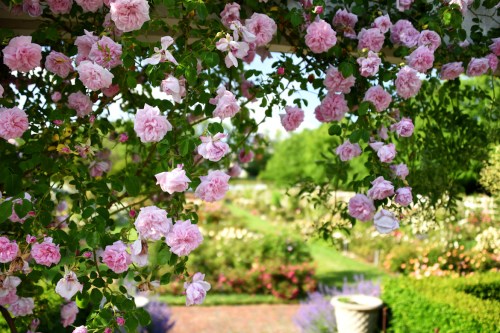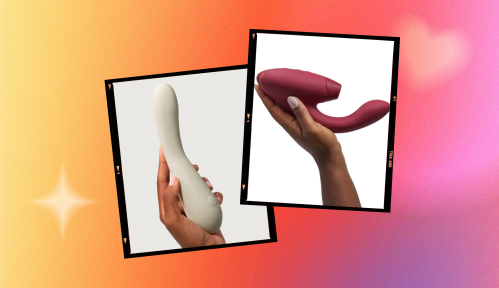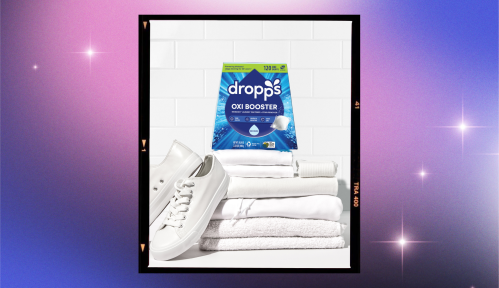Our editors independently select these products. Making a purchase through our links may earn Well+Good a commission
Will Wallace has devoted much of his life to caring for rose bushes. As curator of the historic Cranford Rose Garden at the Brooklyn Botanic Garden, he oversees more than 5,000 rose bushes, some of which have been growing there since the garden was first planted in 1927. It’s one of the largest collections of roses in North America, drawing a three quarters of a million visitors each year.
Experts in This Article
rosarian (expert rose gardener) and curator of the Cranford Rose Garden in the Brooklyn Botanic Garden
“Some people turn their noses up at roses, but I think they just don’t know the amazing variety of them that are out there,” says the rosarian. “There’s a place in every garden for a rose.”
While it’s undoubtedly lovely to visit a professionally tended rose garden, you can create a similar experience in your own backyard. Caring for roses isn’t too difficult.
“People are terrified of roses, I think because they have a history of being disease-prone,” says Wallace. “And people just don’t know how to prune them. But honestly, I think they’re very easy to take care of.”
Below, Wallace shares how to care for rose bushes in your garden and the tools you’ll need to do it properly and safely.
Thousands of roses in bloom at the Cranford Rose Garden:
How to care for rose bushes in six easy steps
1. Plant your roses in a sunny spot
Make sure to plant your rose bushes in a sunny spot. Roses need at least six hours of full sunlight a day, but the more the better, says Wallace. More light helps them grow big and strong while lessening the chance of developing a disease.
2. Get a good pair of gloves
“You need a good pair of gloves because they’re prickly,” says Wallace. He says that to be on the safe side, you should opt for leather gloves. “I would stay away from cloth gloves because the thorns just go right through them.” Wallace recommends gauntlet gloves. “They’re long gloves that protect your forearms as well as your hands,” he says.
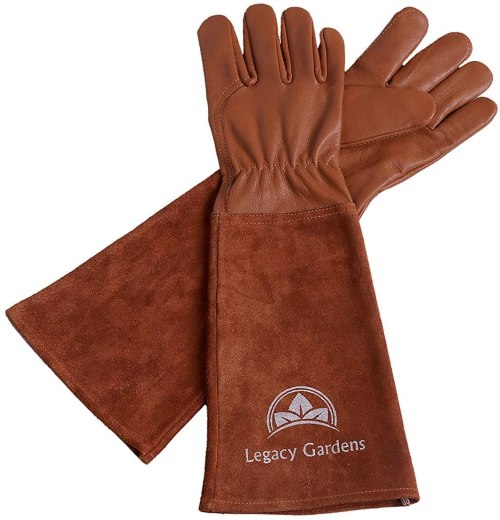
Legacy Gardens Leather Gardening Gloves — $20.00
These leather gauntlet gloves from Legacy Gardens are thorn-proof and cut-proof. They come in five size (small through XX-large) and in three colors (brown, white, and yellow).
3. Don’t be afraid to prune
Wallace says you should start out the season by doing a “hard prune” on your roses, meaning you cut them down to where the stems are three to six inches long. “You’re going to want to do your pruning in winter or early spring, depending on where you are in the country,” he says. In California, for example, you’d do your hard prune in late winter whereas in New York, you’d do it in early spring. “When you do that, it delays flowering a little bit. They’ll flower say in mid-June.”
If you didn’t hard prune your roses, Wallace says you want to hit the center of your shrub with some serious pruning. Trim away some of the branches toward the middle of the plant. “What you want to do is keep the center of the shrub open for light and air,” he says. “That air circulation for an individual shrub, it will prevent disease. Because stagnant air and stagnant water will allow the fungal issues to happen.
Once you get your bug pruning out of the way, you’ll want to keep up regular pruning by “deadheading” your roses. “Once the individual flower is fading, at the very least you just snip it off with your fingertips,” he says. “That will promote more flowers to come.”
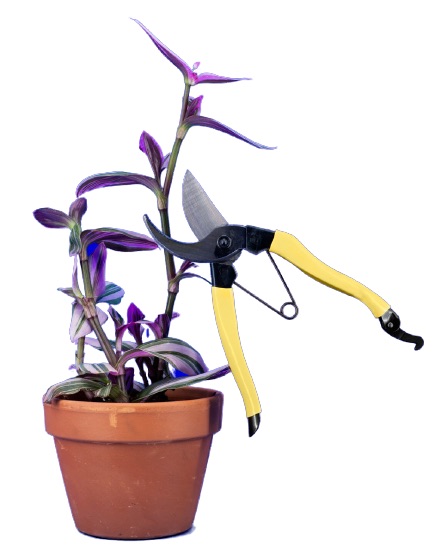
Tula Plants & Design Niwaki Mainichi Secateurs — $45.00
These shears are considered the go-to choice for pruning in Japan. They have a hunch catch at the bottom making that’s easy to use even with wet hands or muddy gloves. They provide a very clean and efficient cut.
4. Water close to the base
Wallace says to give your roses about one inch of water a week. He says it’s best to water them toward the roots versus spraying the entire plant from overhead. “Overhead watering tends to cause disease, fungal disease,” he says. “Do your best. Honestly, our irrigation system here is overhead. That’s just what we have. That’s what we use. It’s not ideal, but we use it and the rose garden is still very pretty every June.”
5. Mulch your garden
Now is the best time to mulch your garden, and Wallace says it will do your roses a world of good. “Rose bushes benefit from a good mulching,” he says. “It helps to retain the water and it also suppresses weeds. Also as the mulch breaks down, it makes the soil healthier which in turn benefits the rose.”
6. Feed your roses
Your roses like to be fed. “If you want to go the route of liquid chemical feed, that’s fine,” he says. “But most people would say to use something that’s organic, like compost or even manure.”
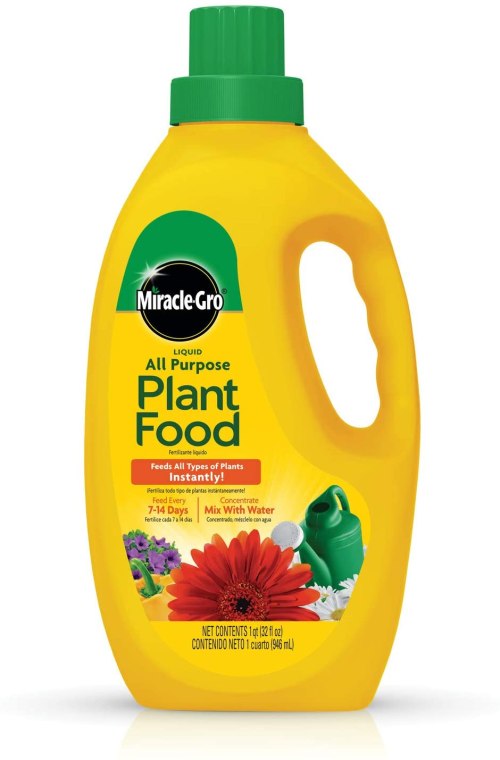
Miracle-Gro Liquid All Purpose Plant Food Concentrate — $7.00
Miracle-Gro is the go-to plant food brand for many home gardeners. Every one to two weeks, just mix a bit with the water in your watering can and feed your plants.
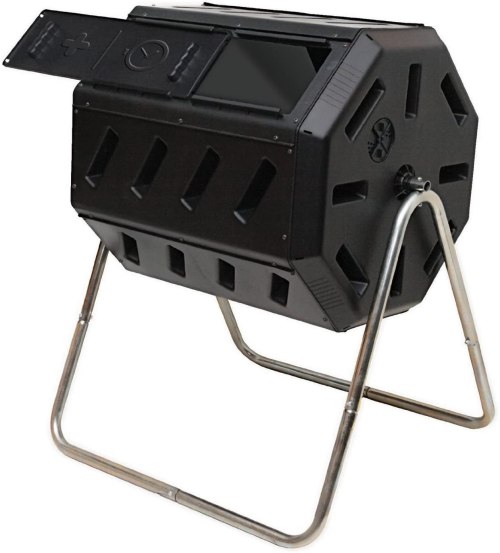
FCMP Outdoor Dual Chamber Tumbling Composter — $84.00
This tumbling composter from FCMP Outdoor is great if you have space outside. All you have to do is add your scraps and turn the bin five to six times every two to three days. “In hot sunny conditions and with a proper balance of ingredients the compost can finish in as little as two weeks,” says the brand.
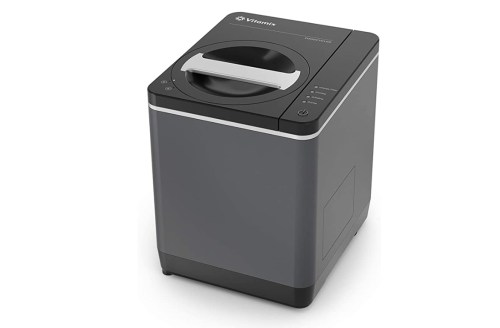
Vitamix FoodCycler FC-50 — $400.00
If you don’t have room for a compost tumbler, consider the Vitamix FoodCycler. It uses heat to turn your food scraps into fertilizer in three to eight hours.
Want to be the first to hear about the latest (and greatest) SHOP product drops, custom collections, discounts, and more? Sign up to have the intel delivered straight to your inbox.
Sign Up for Our Daily Newsletter
Get all the latest in wellness, trends, food, fitness, beauty, and more delivered right to your inbox.
Got it, you've been added to our email list.
